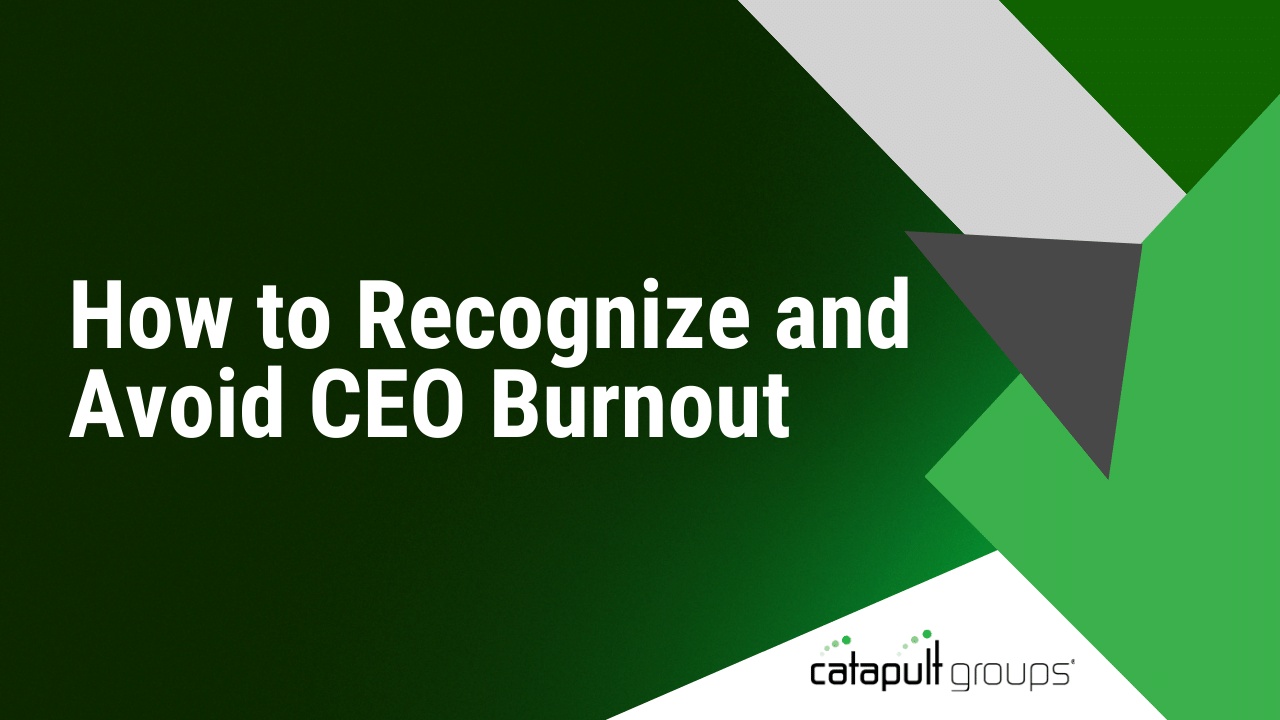3 Leadership Mistakes that Hurt CEOs in Business [Video]
How effective are you as a CEO and leader in your business?
No matter your answer to this question, there are three leadership mistakes you could be making, that you may be unaware of. These blind spots can negatively impact both your role as a chief executive officer and the growth of your company:
1. Isolation. Isolation stems from CEOs being held up in their office. This means you have a tendency not to speak to anyone or seek out the advice of your peers or employees. To be seen a real leader, get out of your office and your thoughts. Speak with your staff consider any valuable input they may have.
2. Numbers. Numbers can be a huge hindrance for many CEOs. You must know the ins and outs of your financial statements and your gross revenue model. By staying on top of your numbers, you will be better equipped to grow your business.
3. Being Competitive Centric. Though it’s good to have information on your competitors, you should not emulate what they’re doing. Nothing good comes from it. Instead, you need to focus on what your customers want; this will drive your innovation as you find ways to satisfy their needs. We refer to this as being client driven and not competitor-drive.
Want to learn more about effective CEO strategy? Get advice from seasoned professionals just like you in our business coaching program.
Are there gaps in your business growth strategy?
VIDEO TRANSCRIPT
Today, I’ve been asked to address some ideas about blind spots that CEOs in business have. And I’m going to focus on just three concepts, but I’m sure there are lots more.
One of those is isolation. CEOs hole up in their office, not talking to anybody, not seeking the advice of peers or their employees or perhaps their customers. I would encourage you as a CEO to get out there, seek other ideas, don’t be within your own thoughts.
Another area that I think is a huge blind spot are numbers. You’ve got to know your financial statements inside and out. You’ve got to know your revenue model. Most important is understanding your gross profit model: essentially your sales less the cost to produce them. Watch those numbers.
A third avenue is being competitive centric—watching what your competitors are doing and not watching what your customers want. It’s nice to know what your competitors are doing, but I wouldn’t focus on that. No true innovation comes from emulating your competitors. All good things come from your imagination and your customers’ needs.



